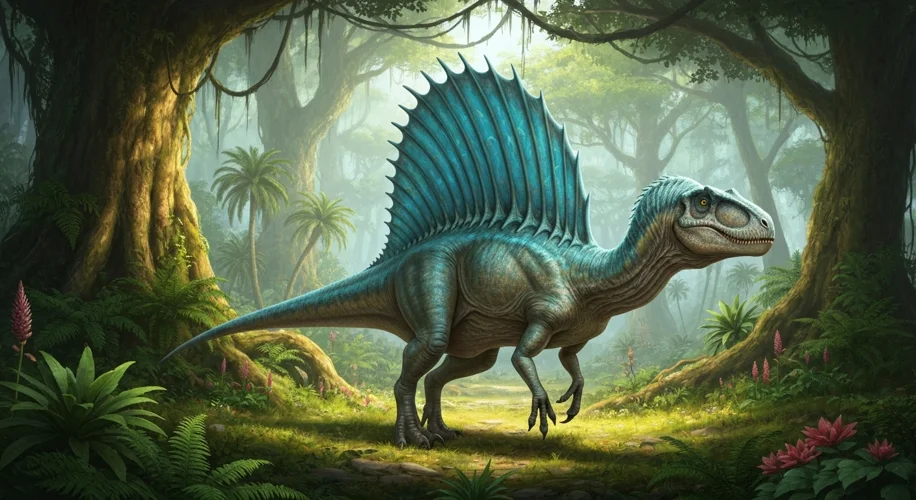Did you know that scientists are constantly unearthing new secrets about our planet’s past? It’s pretty amazing! Just recently, there was a discovery that’s really got paleontologists talking: a new species of dinosaur with a sail-like structure on its back.
This finding, reported by the Indian Defence Review, offers a fresh glimpse into the incredible diversity of life that once roamed Earth. Imagine a dinosaur, not just with scales and a long tail, but with a prominent sail extending from its spine. It’s like something out of a fantasy, but it’s real science!
What’s the Big Deal About a Sail?
These sail-like structures, often called ‘sails’ or ‘fins,’ are not entirely new in the dinosaur world. We’ve seen them before, most famously in Spinosaurus and Dimetrodon (though Dimetrodon is technically not a dinosaur, but a synapsid, an ancestor of mammals). However, each new discovery provides more clues about their function. Scientists believe these sails could have served several purposes:
- Temperature Regulation: Much like a radiator or a cooling fin, the sail might have helped the dinosaur control its body temperature. Blood vessels close to the surface could absorb sunlight to warm up or radiate excess heat to cool down.
- Display: It’s possible the sail was brightly colored and used for attracting mates or intimidating rivals, similar to how peacocks use their elaborate tails today.
- Species Recognition: The unique shape and size of the sail could have been a key identifier, helping dinosaurs recognize members of their own species.
Why This Discovery is Stunniing
What makes this particular find so striking is its unique sail structure, which has stunned scientists. While the exact details are still emerging, the unusual shape or placement of this sail is challenging previous understandings of dinosaur anatomy and evolution. It shows us that even after decades of research, there’s still so much more to learn about these magnificent creatures.
Think about it: every fossil tells a story. This new dinosaur’s sail is a chapter we hadn’t read before, and it’s exciting to consider what other surprises are hidden beneath the Earth’s surface.
This discovery underscores the ongoing quest to understand our planet’s history. It’s a great reminder that science is a continuous process of exploration and learning, always pushing the boundaries of what we know. I’m always thrilled to see what new pieces of the puzzle scientists uncover next!

